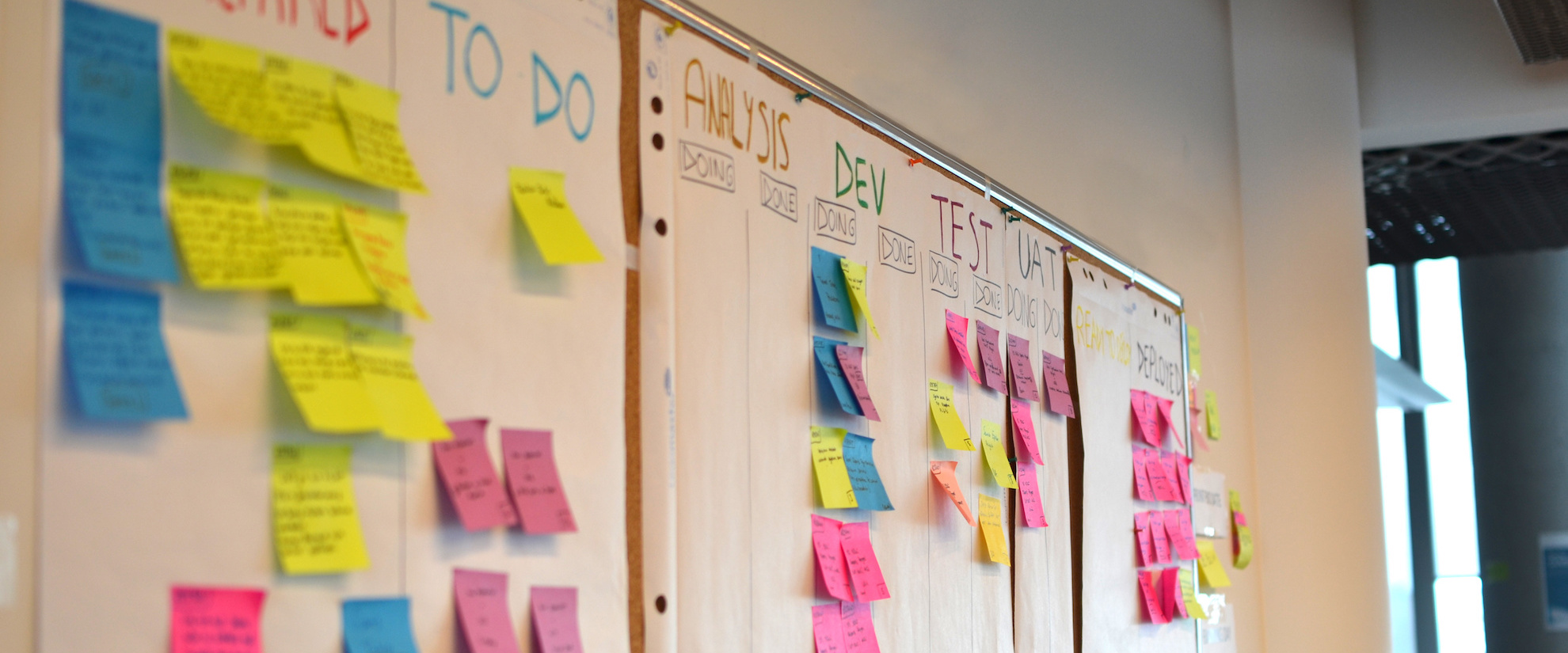What Kaizen Consulting Brings to an Organization
10 Nov, 2023 | By leslie@leanexpansion.ca

As a kaizen consultant for the last 20 years, it’s been my privilege to work with Fortune 500 companies in America and Canada. When I’m approached, one of my tasks is to implement processes that work to continually improve operations and help organizations stay ahead of the competition.
For those unfamiliar with Kaizen, this Japanese-originating business methodology is rooted in a philosophy that everything can be improved, and nothing should be left alone. For business leaders looking to make their organizations more efficient and competitive, Kaizen offers a range of measurable benefits, which include:
- Greater efficiency and increased productivity
- Improved product/service quality
- Better employee morale and job satisfaction
- Increased innovation and productivity
- Reduced costs and waste
Kaizen consulting typically begins with a workplace audit, sometimes called a go-and-see. I identify areas that can benefit from improvement, analyzing current processes to identify bottlenecks, inefficiencies, and other issues impacting quality, productivity, and CX experience. Once the audit is complete, I collaborate with team leaders to prioritize activities like reducing customer wait times, streamlining processes, or improving team communication. The exact approach depends on the organization’s challenges, strategic goals, benefits, and the assets required to introduce a change.
One of the most essential benefits of Kaizen is that it works by aligning the whole team. Although this is unintentional, people in the same organization often work at odds. Frontline workers must make customers happy, while executive leaders focus on strategy and profitability. By making customer satisfaction the end goal, Kaizen makes it easier to buy in when introducing a change. That’s because team members at all levels are involved in identifying improvements and implementing changes to benefit the customer, the team member, and the business.
One way I accomplish this is to create cross-functional teams to work on various improvement projects. From brainstorming to idea generation, I get team members involved. Organizations must support ongoing training and development opportunities to sharpen problem-solving and process improvement skills.
Once we have determined priority changes, we begin implementation. We will typically start by introducing changes on a pilot or smaller project before rolling out any policy organization-wide. It’s essential to see how a policy works in practice—and equally important to develop measurements that allow us to monitor, evaluate, and refine results.
Kaizen is not a one-and-done process. It works because we put the right KPIs in place—productivity, quality, customer satisfaction, employee engagement, etc. Then, we track and use data to refine the changes and make adjustments.
Although the kaizen method works through a small series of simple steps, I’ve used the methodology repeatedly to help companies like Bosch, Inova, Duke Energy, and Telus navigate challenges, get closer to their goals, and maintain an advantage in competitive markets.
Some ideas to start promoting a culture of Kaizen within your organization include:
- Creating stations where cross-functional teams can meet and collaborate
- Auditing work processes and cutting unnecessary steps
- Encouraging honest team input and feedback
- Conducting regular process reviews and introducing changes as necessary
No matter the challenge, Kaizen is a robust and systematic approach used by companies like Toyota, Honda, Sony, and Wal-Mart. The purpose is to empower employees and create a culture of continuous improvement to fuel a competitive advantage.
Let’s talk about how Kaizen Consulting can address your problems and work to create a more vital organization. For a free preliminary discussion around kaizen consulting, please reach out at 416.528.7990 or leslie@leanexpansion.ca



